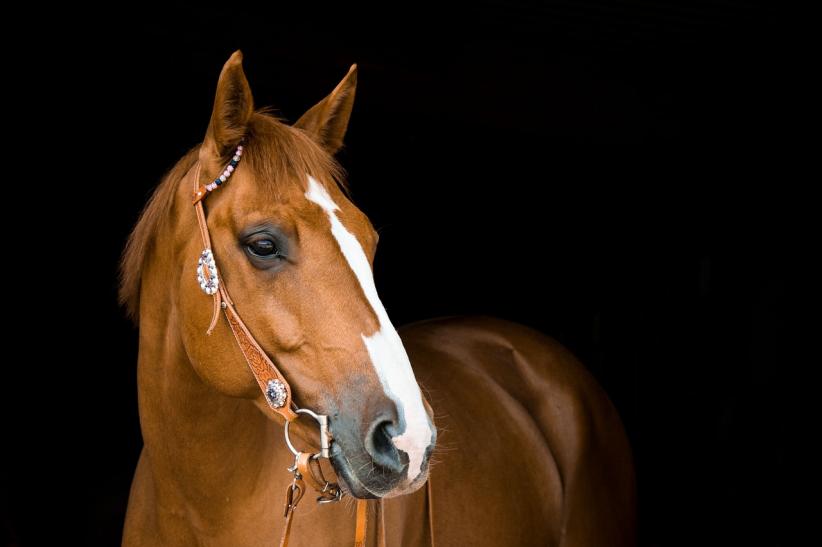Collaboration between WUT and the Warsaw University of Life Sciences on equine orthopaedic research
A research team consisting of scientists from the Warsaw University of Technology and the Warsaw University of Life Sciences (SGGW) has begun work on the identification of metabolic and structural changes in tissues of overloaded joints in sport horses. In the future, research findings may help to prevent the occurrence of osteoarthritis (OA).

Photo by Rebecca Scholz from Pixabay
The project involves investigating the difference in load resistance in healthy and OA-affected peripheral limb joints in horses utilising numerical simulations using the finite element method (FEM).
The research will be conducted on the material collected post-mortem from sport horses aged 4 to 25 years. The limbs will be imaged using computed tomography and magnetic resonance imaging at SGGW. The university is currently the only research unit in Poland to have a high-end 64-slice CT scanner suitable for equine imaging diagnostics.
After imaging, specimens will be taken from the joints under study to create a simulation of the stress and strain field, providing an opportunity to evaluate the strength of the structures under investigation.
As part of the project implementation, cooperation will be established with two foreign centres (the Faculty of Veterinary Medicine at the University of Leipzig, Germany, and the Chair and Clinic of Equine Medicine at the University of Veterinary Medicine in Budapest, Hungary), which have both a high-end CT scanner and an MRI scanner designed for imaging horses in the standing position.
The project ‘Numerical analysis of the peripheral limb in horses - a pilot study for the prediction of overload injuries in sport horses’ is being realised as part of the BIOMED competition.
Research team:
Krzysztof Jankowski, PhD, Faculty of Mechanical and Industrial Engineering at WUT; Professor Małgorzata Domino, Chair of Large Animal Diseases and Clinic at SGGW

